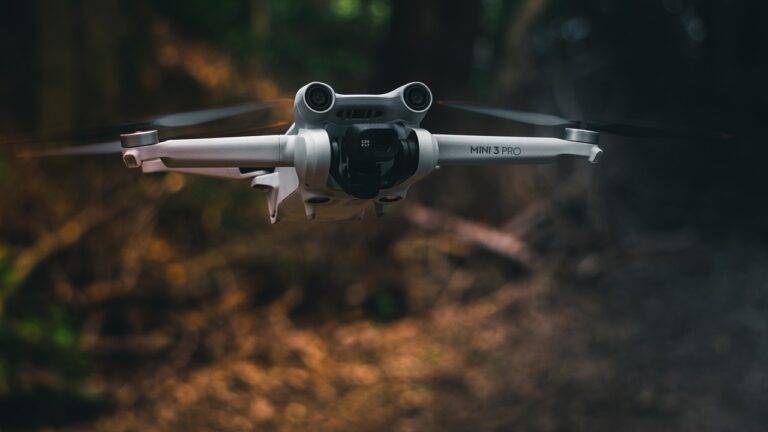Virtual Reality in Education: Enhancing Learning Experiences
Virtual reality (VR) technologies have the potential to revolutionize the way we approach education. By immersing students in virtual worlds, educators can create engaging and interactive learning experiences that cater to individual needs and learning styles. This immersive technology has the ability to transport students to different times, places, and scenarios, making learning more dynamic and memorable.
Incorporating VR into educational settings also has the potential to increase student motivation and interest in learning. The interactive nature of VR allows for hands-on exploration and experimentation, fostering a deeper understanding of complex concepts. Students are more likely to be actively engaged and invested in their learning when they are able to experience lessons in a realistic and immersive way.
Benefits of Incorporating Virtual Reality in Classroom Instruction
Virtual reality (VR) technology has the potential to revolutionize classroom instruction by providing immersive and interactive learning experiences for students. Through VR simulations, students can explore historical events, travel to different parts of the world, and conduct virtual experiments in a safe and controlled environment. This hands-on approach to learning not only enhances student engagement but also improves their retention of complex concepts.
Moreover, incorporating VR in classroom instruction can cater to diverse learning styles and abilities. Visual learners can benefit from the vivid and realistic environments created by VR, while kinesthetic learners can engage in interactive activities that require physical movement and manipulation. By harnessing the power of VR technology, educators can create dynamic and personalized learning experiences that cater to the individual needs of their students, ultimately leading to improved academic performance and a deeper understanding of the curriculum.
What is virtual reality?
Virtual reality is a technology that uses computer-generated environments to simulate a real-world experience. Users can interact with these environments through special electronic devices, such as VR headsets.
How can virtual reality be used in educational settings?
Virtual reality can be used in educational settings to create immersive learning experiences, simulations, and virtual field trips that enhance students’ understanding of complex concepts.
What are some benefits of incorporating virtual reality in classroom instruction?
Some benefits of incorporating virtual reality in classroom instruction include increased student engagement, improved retention of information, enhanced critical thinking skills, and the ability to cater to different learning styles.
Is virtual reality expensive to implement in schools?
The cost of implementing virtual reality in schools can vary depending on the equipment and software used. However, with advancements in technology, virtual reality tools are becoming more affordable and accessible for educational institutions.
Are there any potential drawbacks to using virtual reality in the classroom?
Some potential drawbacks of using virtual reality in the classroom include the need for proper training for teachers, potential issues with motion sickness among students, and concerns about screen time and technology use in education.





